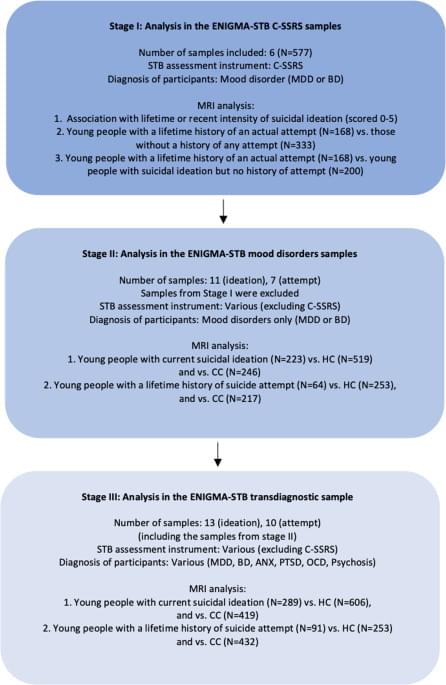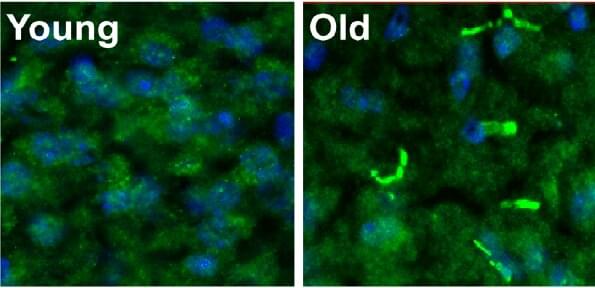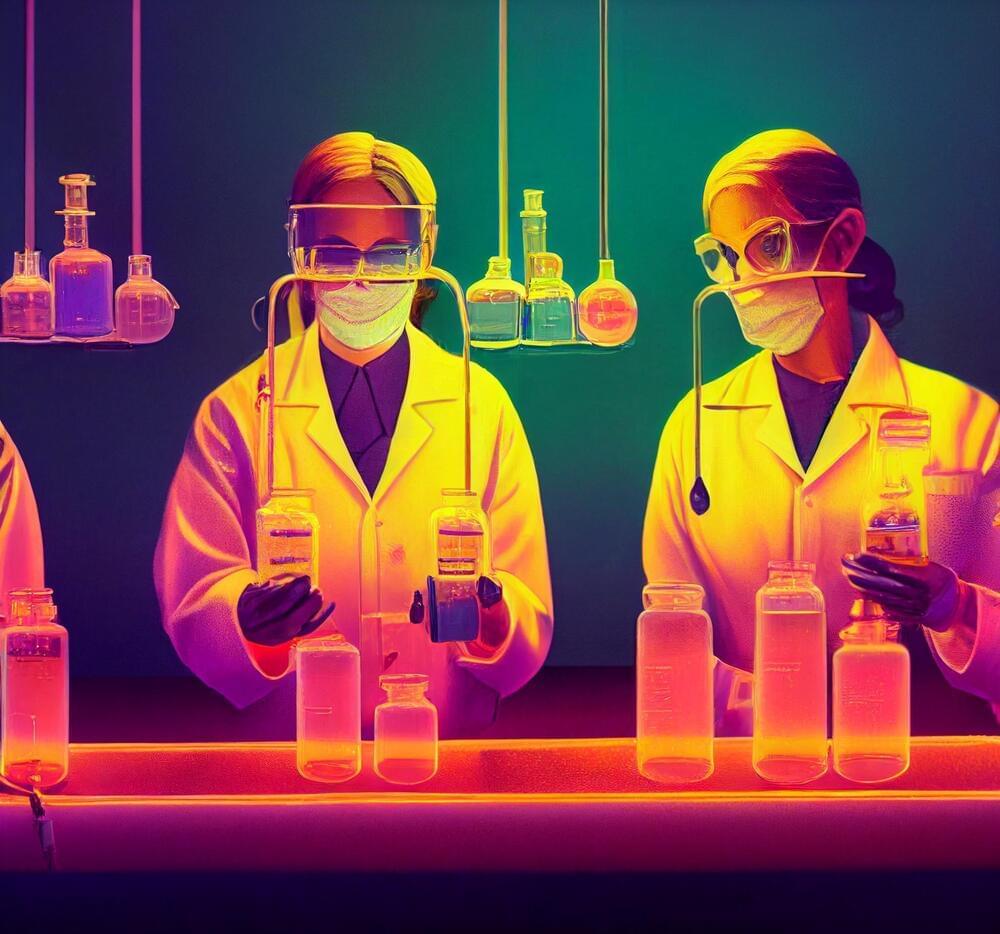👉For business inquiries: [email protected].
✅ Instagram: https://www.instagram.com/pro_robots.
The World Robot Conference 2022 was held in Beijing. Due to the ongoing offline pandemic, only Chinese robotics companies were represented, and the rest of the world joined in the online format. But the Chinese booths were also, as always, a lot to see. We gathered for you all the most interesting things from the largest robot exhibition in one video!
0:00 Intro.
0:30 Chinese robotics market.
1:06 EX Robots.
2:38 Dancing humanoid robot.
3:37 Unitree Robotics.
4:55 Underwater bionic robot.
5:23 Bionic arm and anthropomorphic robot.
5:43 Mobile two-wheeled robot.
6:40 Industrial robots.
7:04 Reconnaissance Robot.
8:05 Logistics Solutions.
9:31 Intelligent Platform.
10:03 Robot++
10:41 Robots in Medicine.
10:58 PCR tests with robots.
11:16 Robotic surgical system.
#prorobots #robots #robot #futuretechnologies #robotics.
More interesting and useful content:
✅ Elon Musk Innovation https://www.youtube.com/playlist?list=PLcyYMmVvkTuQ-8LO6CwGWbSCpWI2jJqCQ
✅Future Technologies Reviews https://www.youtube.com/playlist?list=PLcyYMmVvkTuTgL98RdT8-z-9a2CGeoBQF
✅ Technology news.
https://www.facebook.com/PRO.Robots.Info.
#prorobots #technology #roboticsnews.
PRO Robots is not just a channel about robots and future technologies, we are interested in science, technology, new technologies and robotics in all its manifestations, science news, technology news today, science and technology news 2022, so that in the future it will be possible to expand future release topics. Today, our vlog just talks about complex things, follows the tech news, makes reviews of exhibitions, conferences and events, where the main characters are best robots in the world! Subscribe to the channel, like the video and join us!






